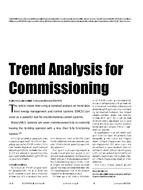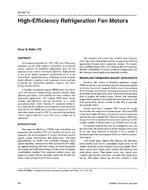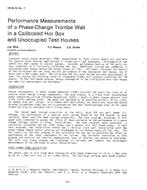Cooling Towers are one of the main components utilized in numerous major processes applications; any decrease in the cooling tower performance highly affects the main process. One of the major causes of deficiency is the recirculation of hot humid air from the cooling tower outlet back into the cooling tower air intake. As recirculation occurs, the average entering wet bulb temperature at the intake of cooling tower increases which results in efficiency loss at the cooling towers and accordingly the associated process equipment up to the limit that it might causes malfunction of the equipment. The present work aimed to study the aspects leading to cooling tower recirculation using Computational Fluid Dynamics CFD to determine recommendations and considerations for cooling towers layout to minimize recirculation and ensure stable and efficient operation. The study focuses on predicting the air flow patterns around cooling towers via investigation of air flow thermal properties and moisture content. The work utilized computational fluid dynamics (CFD) to investigate the effect of wind direction, wind velocity and cooling towers roof arrangement on cooling towers recirculation. This investigation represents a parametric study on recirculation at different winds speeds, direction; fans exit velocities, fan stack height, parapet wall louvers location, and parapet wall height.
Citation: 2018 Winter Conference, Chicago, IL, Conference Papers
Product Details
- Published:
- 2018
- Number of Pages:
- 8
- Units of Measure:
- Dual
- File Size:
- 1 file , 1 MB
- Product Code(s):
- D-CH-18-C048


